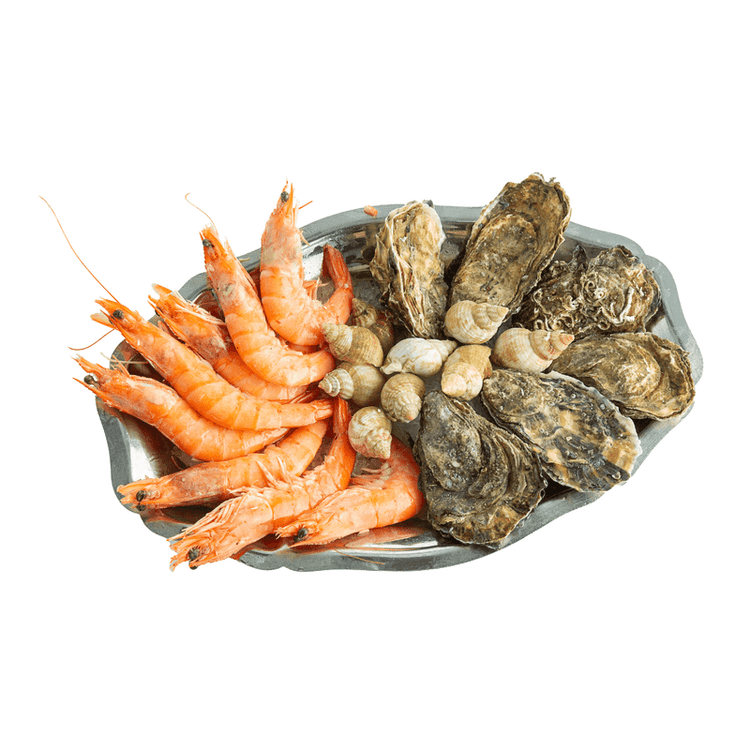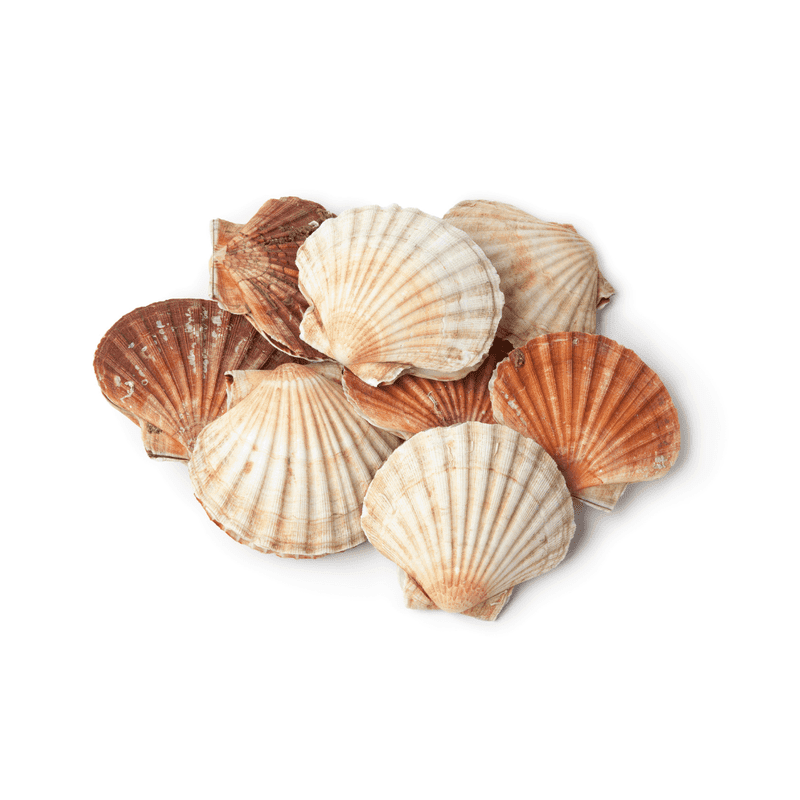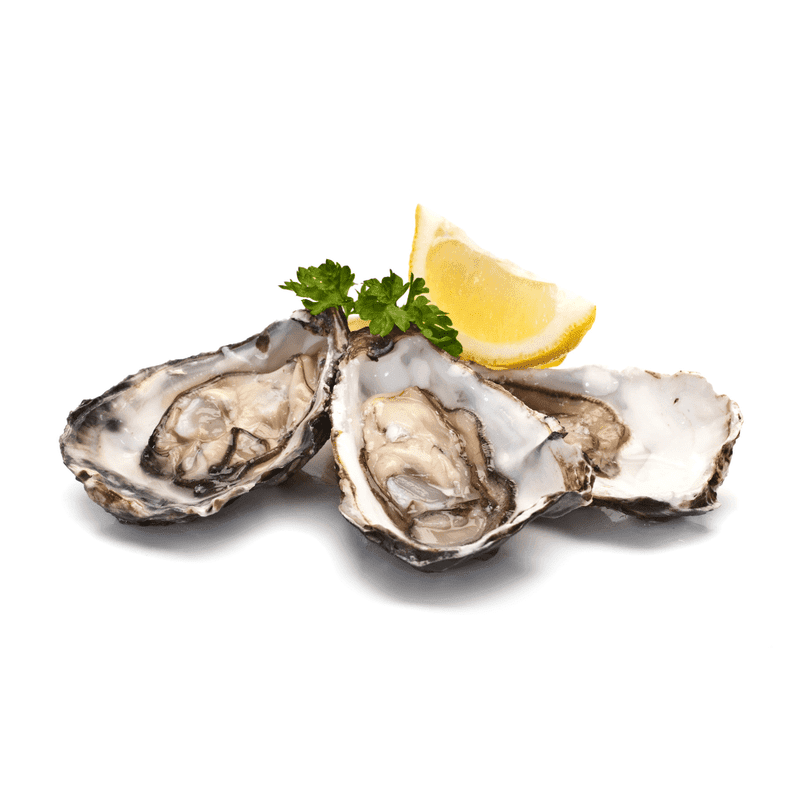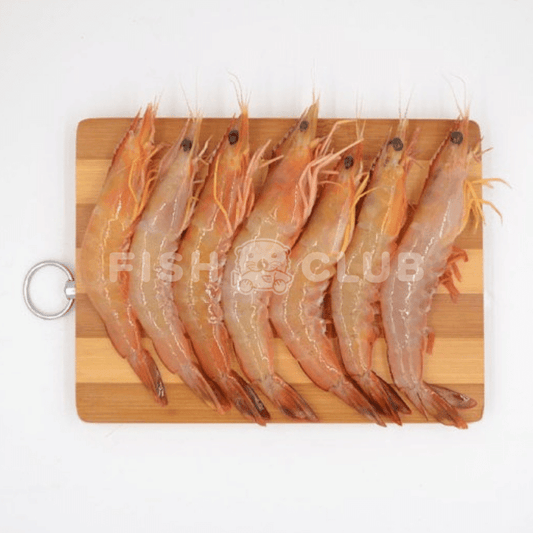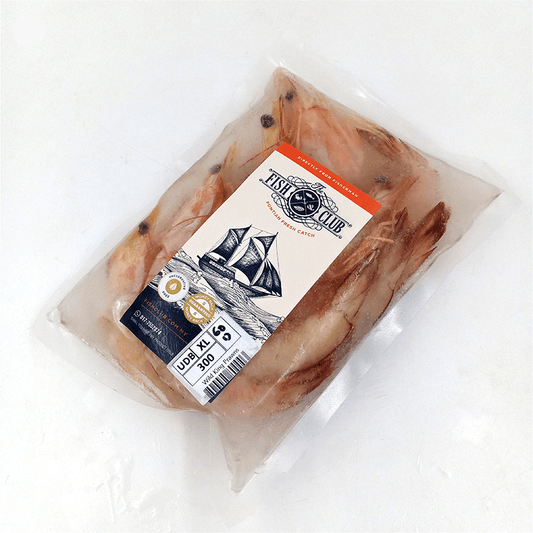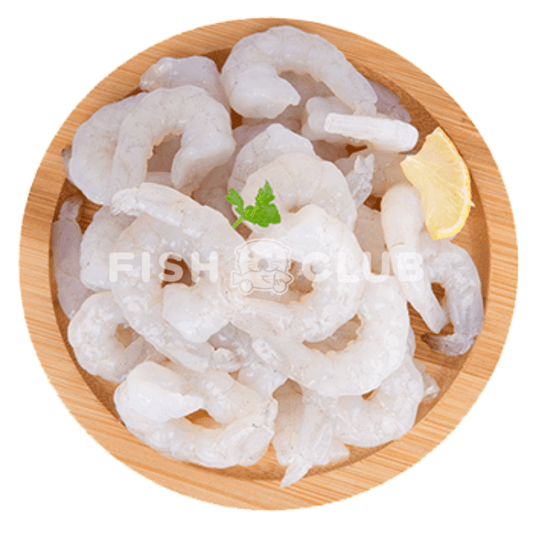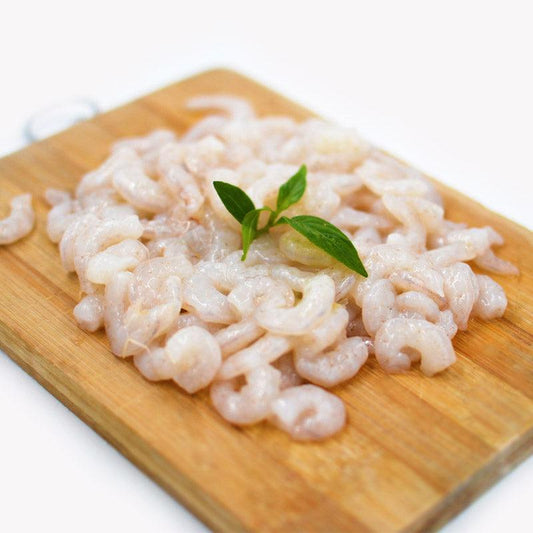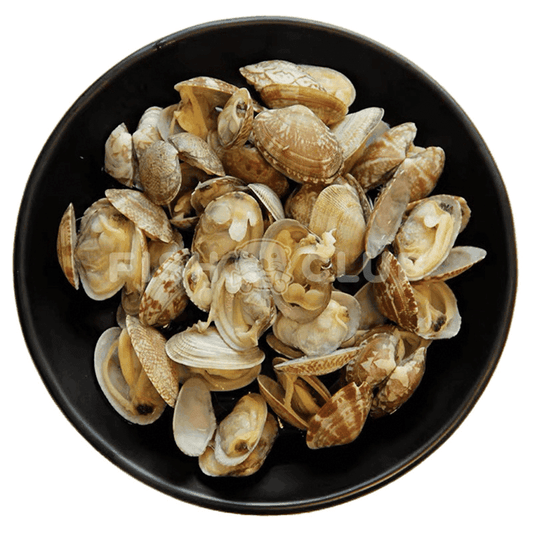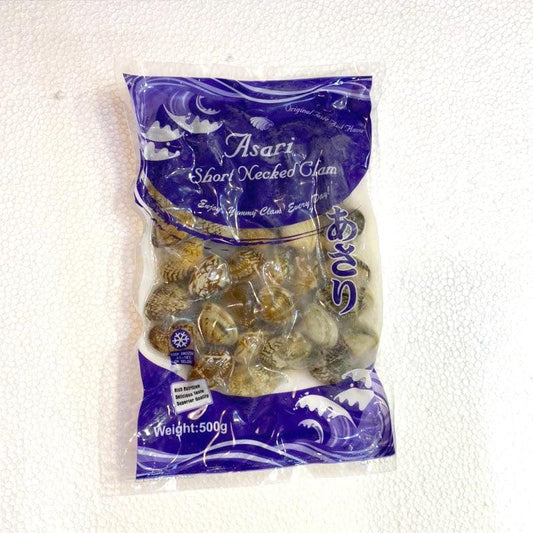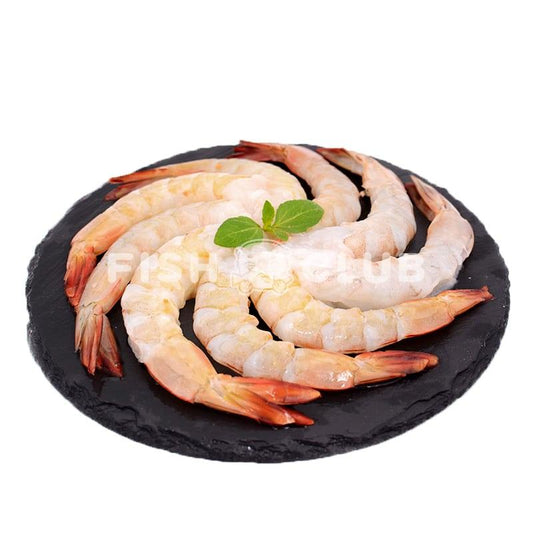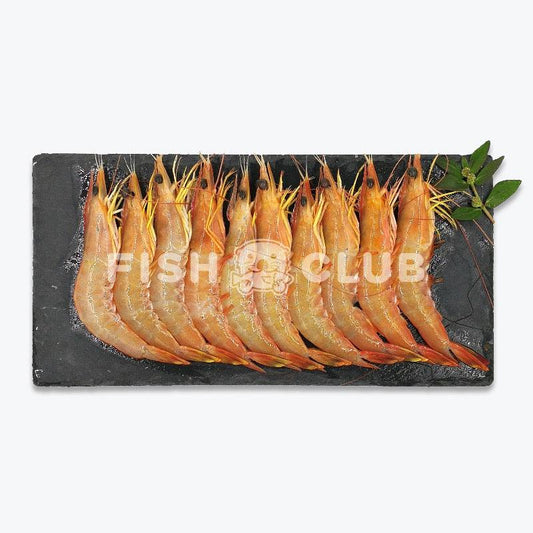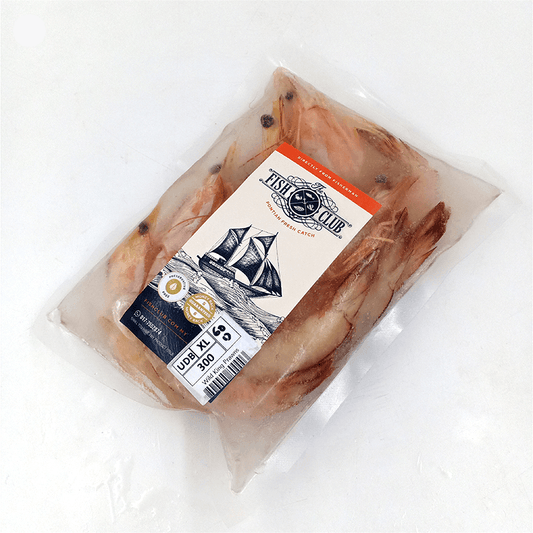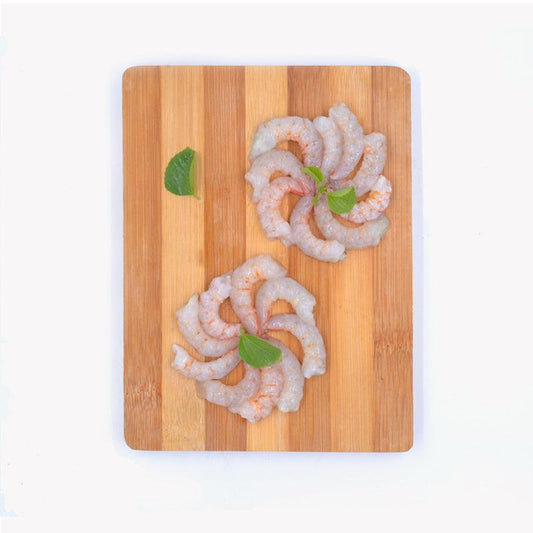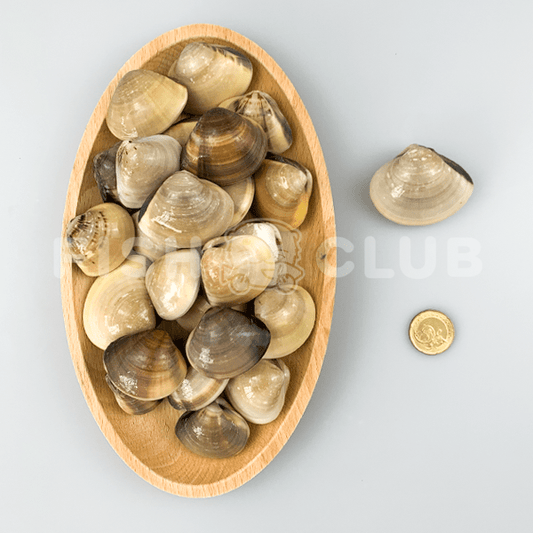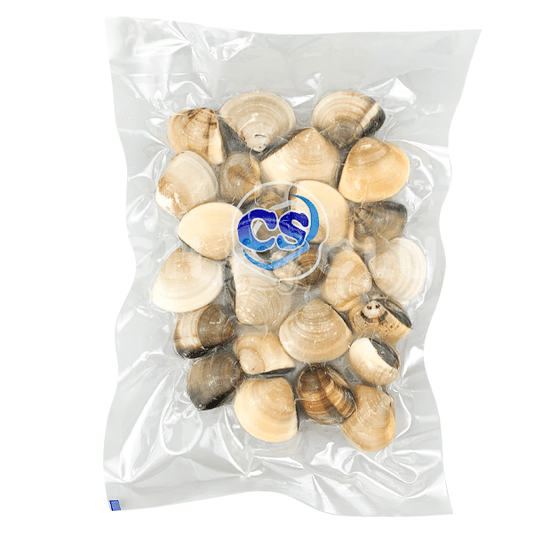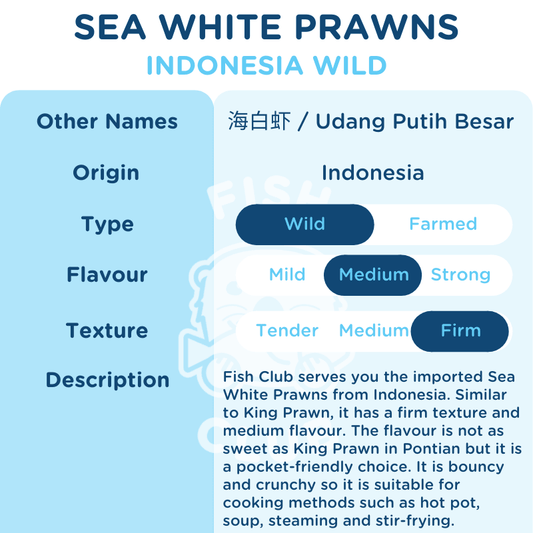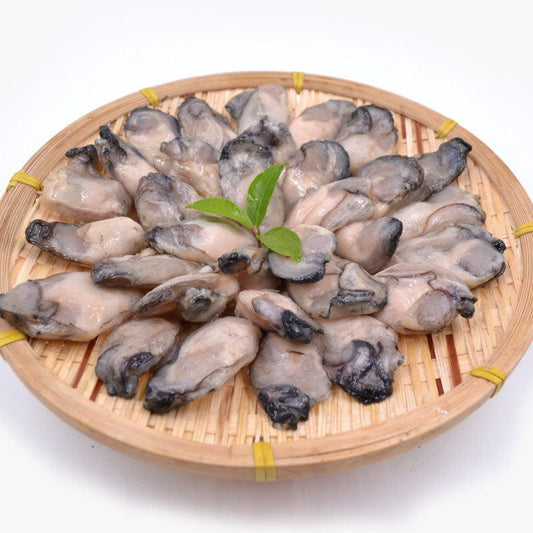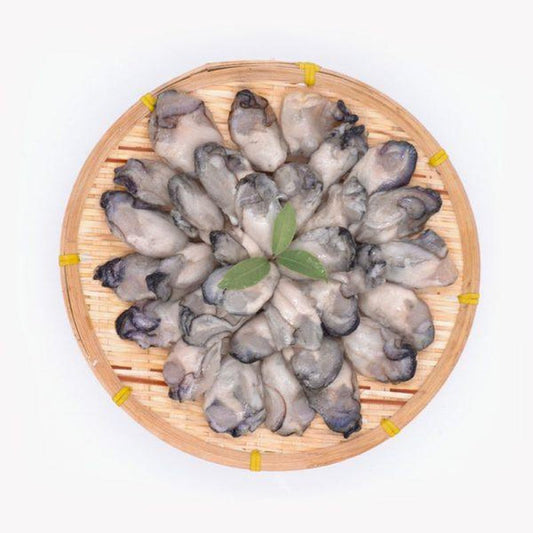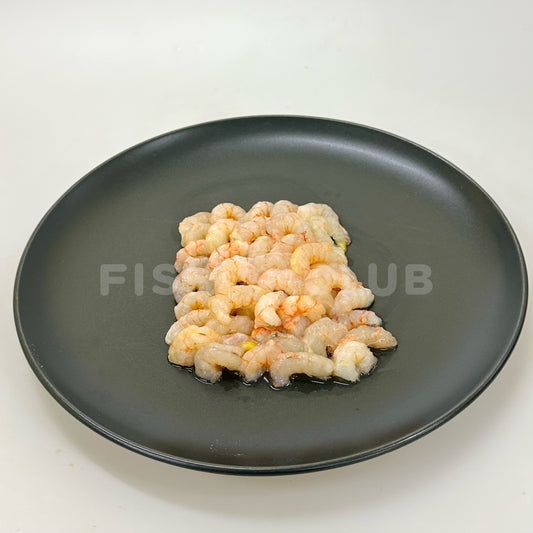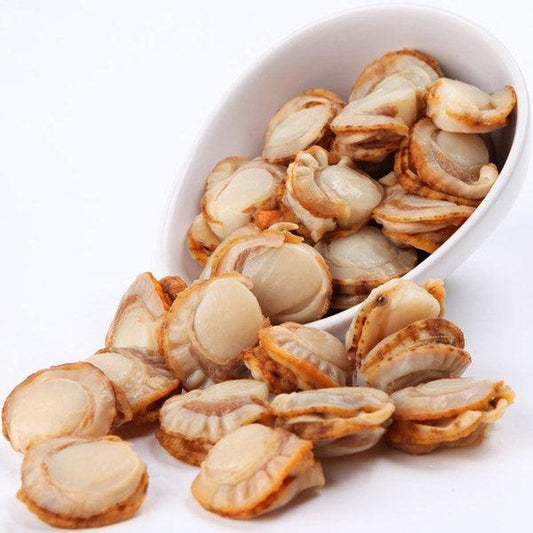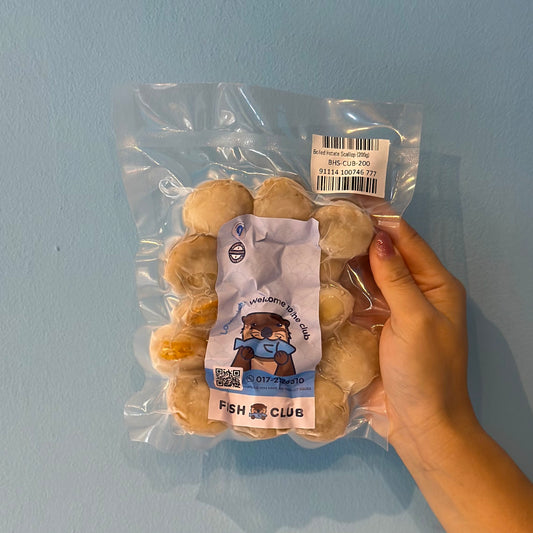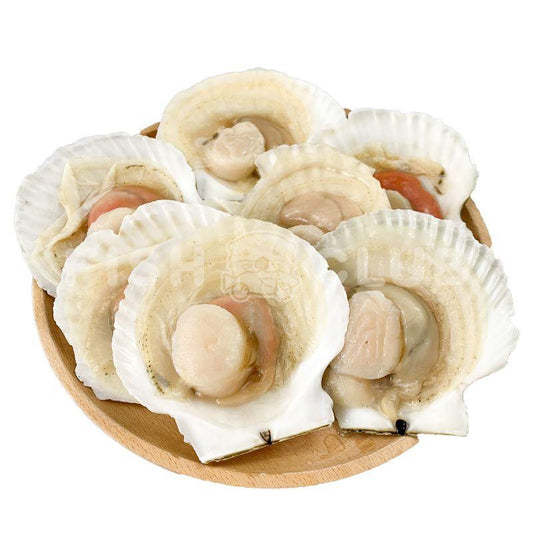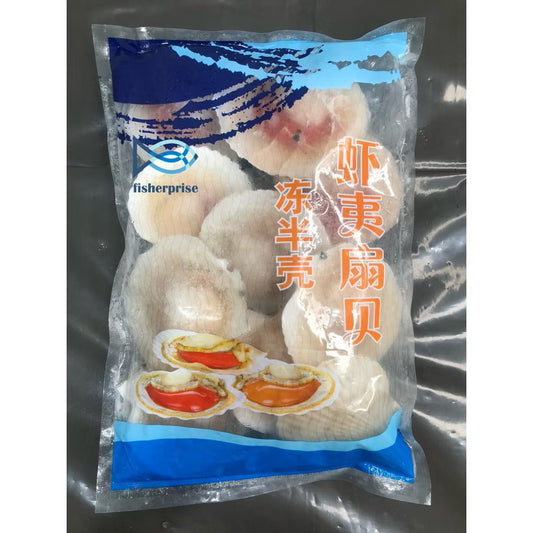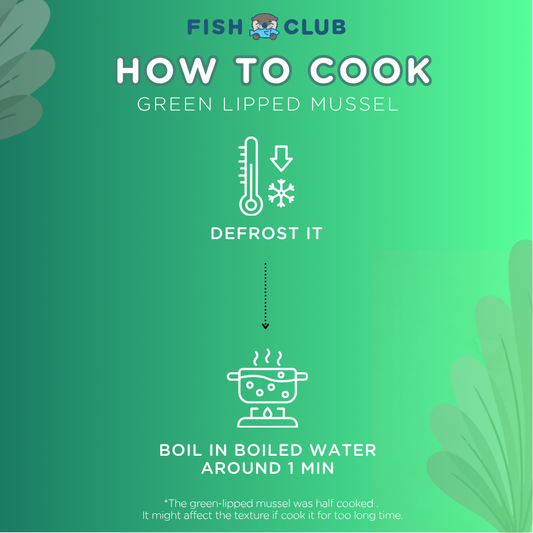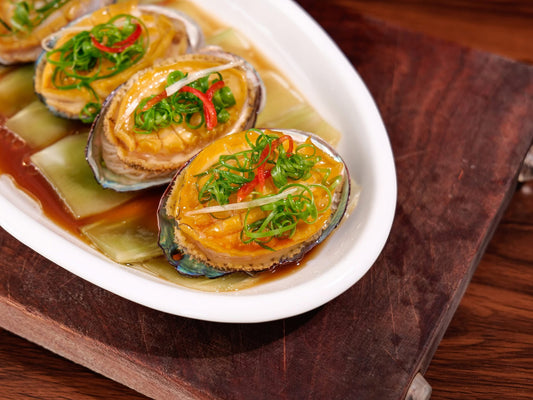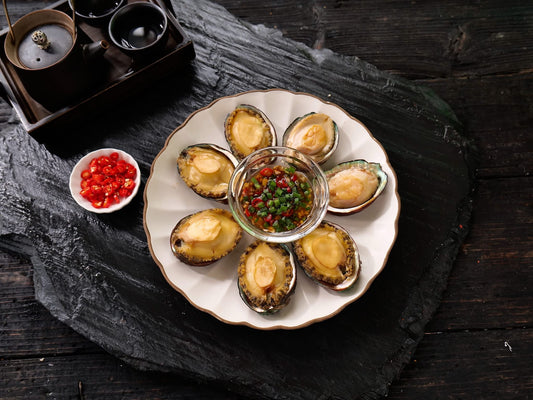Shop by Category
Shop All Shellfish
Looking for the best deal on the highest quality shellfish? Fish Club isn’t a middle man. We are the supplier and our very own boats spend more time at the sea than at the dock.
-
King Prawns (Pontian Wild) / 红脚大虾(笨珍野生)- 300g
Vendor:Fish ClubRegular price RM29.90Regular priceUnit price perRM38.50Sale price RM29.90Sale -
Peeled White Shrimps (Pontian Wild) / 白虾肉(笨珍野生)- 200g
Vendor:Fish ClubRegular price RM17.90Regular priceUnit price per -
Short Neck Clam / 花蛤 (啦啦) / Lala - 500g ***
Vendor:Fish ClubRegular price RM7.90Regular priceUnit price per -
Peeled King Prawns (Pontian Wild) / 红脚大虾肉(笨珍野生)- 200g
Vendor:Fish ClubRegular price RM28.90Regular priceUnit price perRM30.80Sale price RM28.90Sale -
Premium King Prawns (Pontian Wild) / 放网红脚大虾(笨珍野生) - 300g
Vendor:Fish ClubRegular price RM35.90Regular priceUnit price per -
Peeled Sword Shrimp (Pontian Wild) / 尖虾肉(笨珍野生)- 200g
Vendor:Fish ClubRegular price RM12.90Regular priceUnit price per -
White Clams (Penang Wild) / 沙白 (槟城野生) - 500g
Vendor:Fish ClubRegular price RM11.90Regular priceUnit price per -
Sea White Prawns (Indo Wild) / 深海明虾 (印尼野生) - 1kg
Vendor:Fish ClubRegular price RM58.90Regular priceUnit price per -
Korean Oyster / 韩国生蚝肉 - 500g
Vendor:Fish ClubRegular price RM29.90Regular priceUnit price per -
Peeled Red Shrimp / 红虾肉 - 150g
Vendor:Fish ClubRegular price RM8.90Regular priceUnit price per -
Boiled Hotate Scallop /扇贝 - 200g
Vendor:Fish ClubRegular price RM9.50Regular priceUnit price per -
Half Shell Scallop With Roe / 半壳大扇贝 - 1kg (7-8 Pcs)
Vendor:Fish ClubRegular price RM34.90Regular priceUnit price per -
(Sample Kit) Fish Club Origins’ Green Lipped Mussel (Baby Cut)
Vendor:Fish ClubRegular price RM5.90Regular priceUnit price per -
Whole Abalone With Shell / 鲜鲍鱼(带壳) - 14pcs
Vendor:Y.FishRegular price RM75.00Regular priceUnit price per
Shellfish Handling, Storing, and Cooking
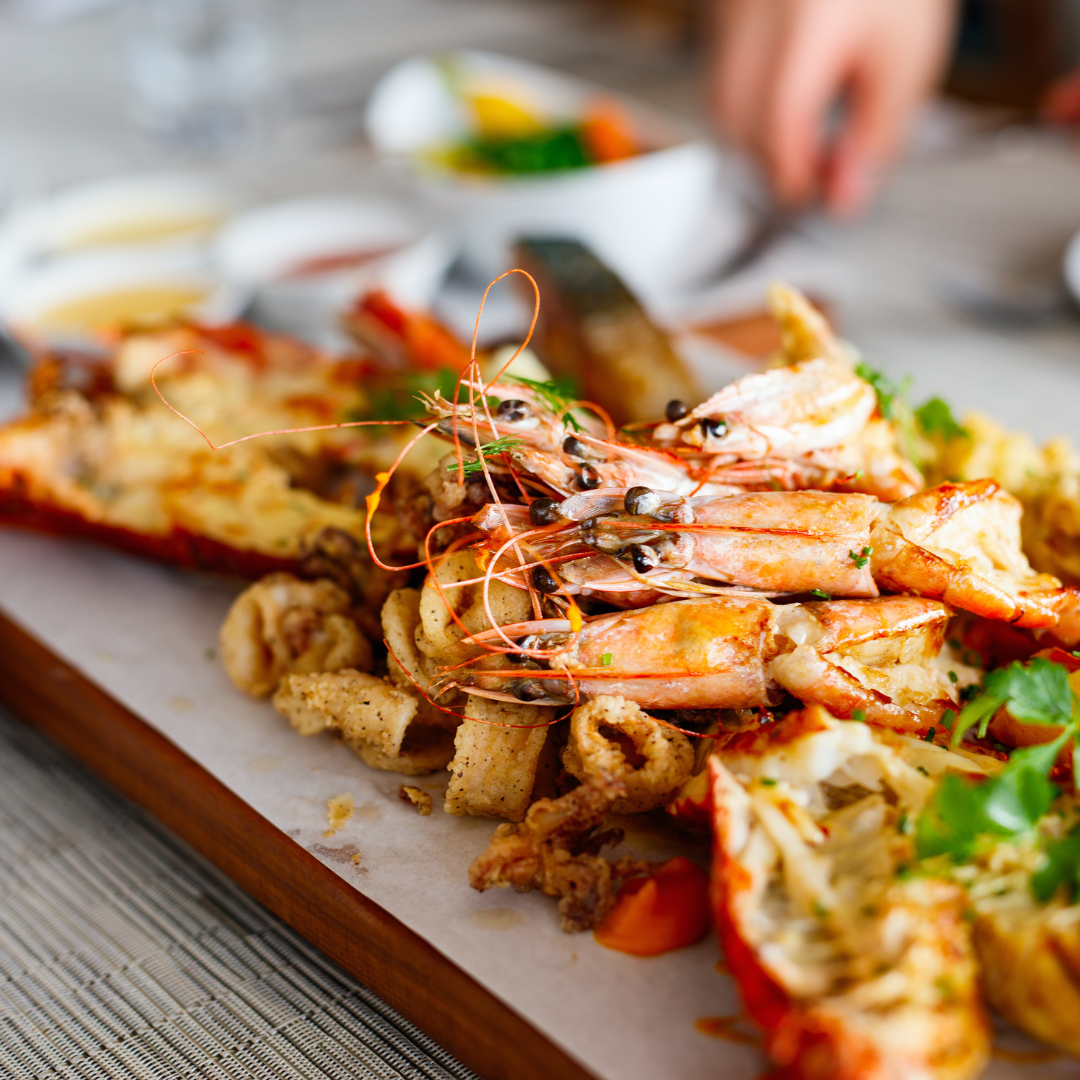
Handling Shellfish
Keep shellfish chilled after purchase. If the temperature of shellfish is allowed to rise, bacteria will grow and the shellfish will become unsafe to eat.
Storing Shellfish
Fresh Shellfish in the Shell
All fresh shellfish should be stored in an open container in the refrigerator. Place a damp towel on top to maintain humidity. Never store shellfish in water. They will die and may spoil. Shellfish that are open and don't close when tapped are dead. Throw them out. Storage times for shellfish vary:
• Shellfish that close their shells completely can be stored for up to seven days. This includes oysters, littlenecks, butter clams, and cockles. Exception: Mussels can be stored for three to four days.Shellfish that cannot completely close their shells can be stored for three to four days. This includes horse clams, softshell clams, geoducks, and razor clams.Shucked Shellfish
• Shellfish removed from their shells should keep in a refrigerator for up to three days. In a freezer, they should keep for up to three months.
Cooked Shellfish
Cooked shellfish should keep in the refrigerator for up to two days and in a freezer up to three months.
Thawed Shellfish
Shellfish taken from the freezer and thawed in a refrigerator should keep for up to two days. Once thawed, do not refreeze.
Cooking Shellfish
To ensure proper food safety, shellfish must be cooked to an internal temperature of at least 63°C for 15 seconds. Since it is often impractical to use a food thermometer to check the temperature of cooked shellfish, here are some tips and recommended ways to cook shellfish safely:
• Shucked shellfish (clams, mussels and oysters without shells) become plump and opaque when cooked thoroughly and the edges of the oysters start to curl. The FDA suggests boiling shucked oysters for 3 minutes, frying them in oil at 200°C for 10 minutes, or baking them at 240°C for 10 minutes.
• Clams, mussels and oysters in the shell will open when cooked. The FDA suggests steaming oysters for 4 to 9 minutes or boiling them for 3 to 5 minutes after they open.
• Scallops turn milky white or opaque and firm. Depending on size, scallops take 3 to 4 minutes to cook thoroughly.
• Boiled lobster turns bright red. Allow 5 to 6 minutes – start timing the lobster when the water comes back to a full boil.
• Shrimp turn pink and firm. Depending on the size, it takes from 3 to 5 minutes to boil or steam 1 pound of medium size shrimp in the shell.
Shake things up by serving shellfish
Sauces, Preparation Methods, and Ingredients Make All the Difference

